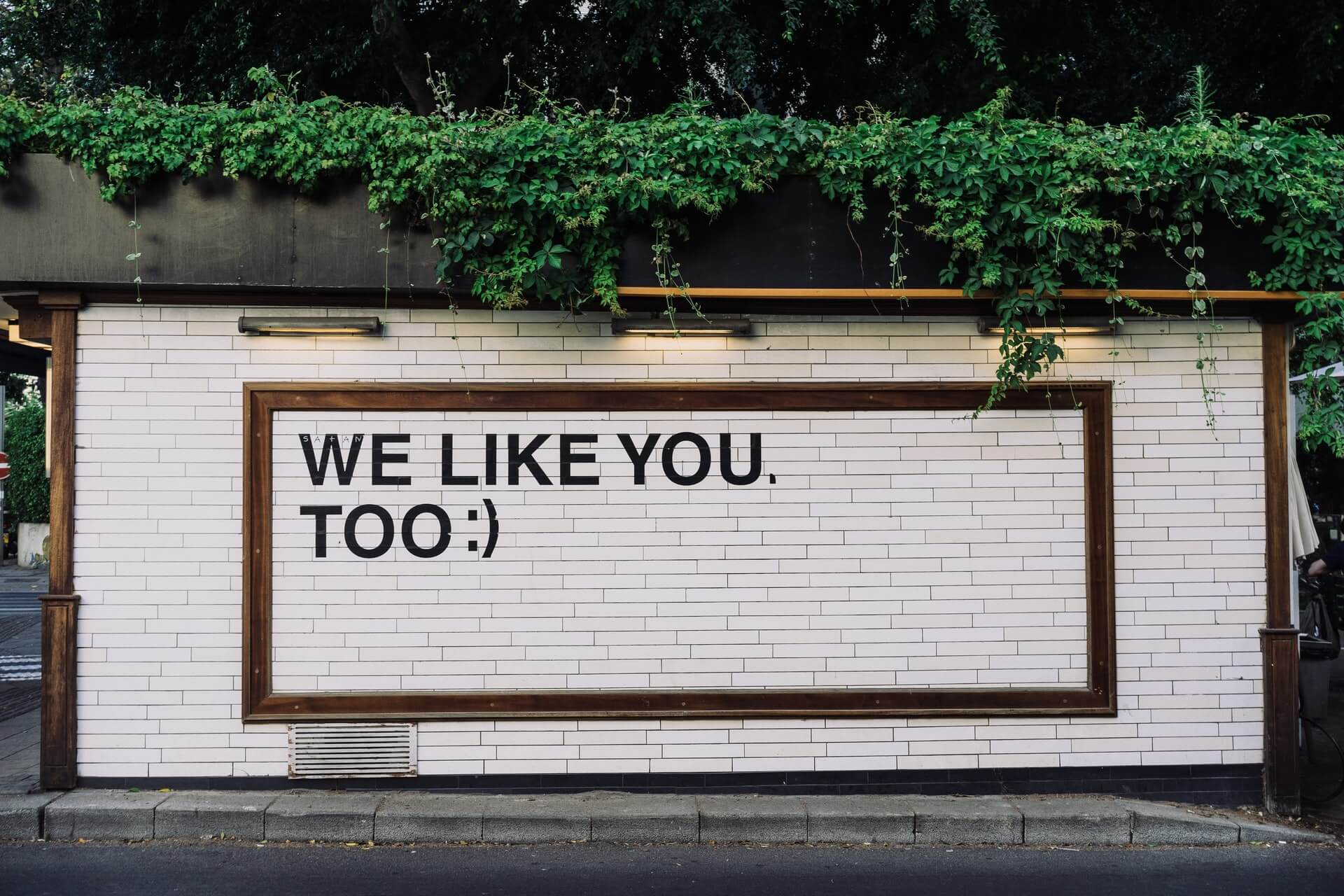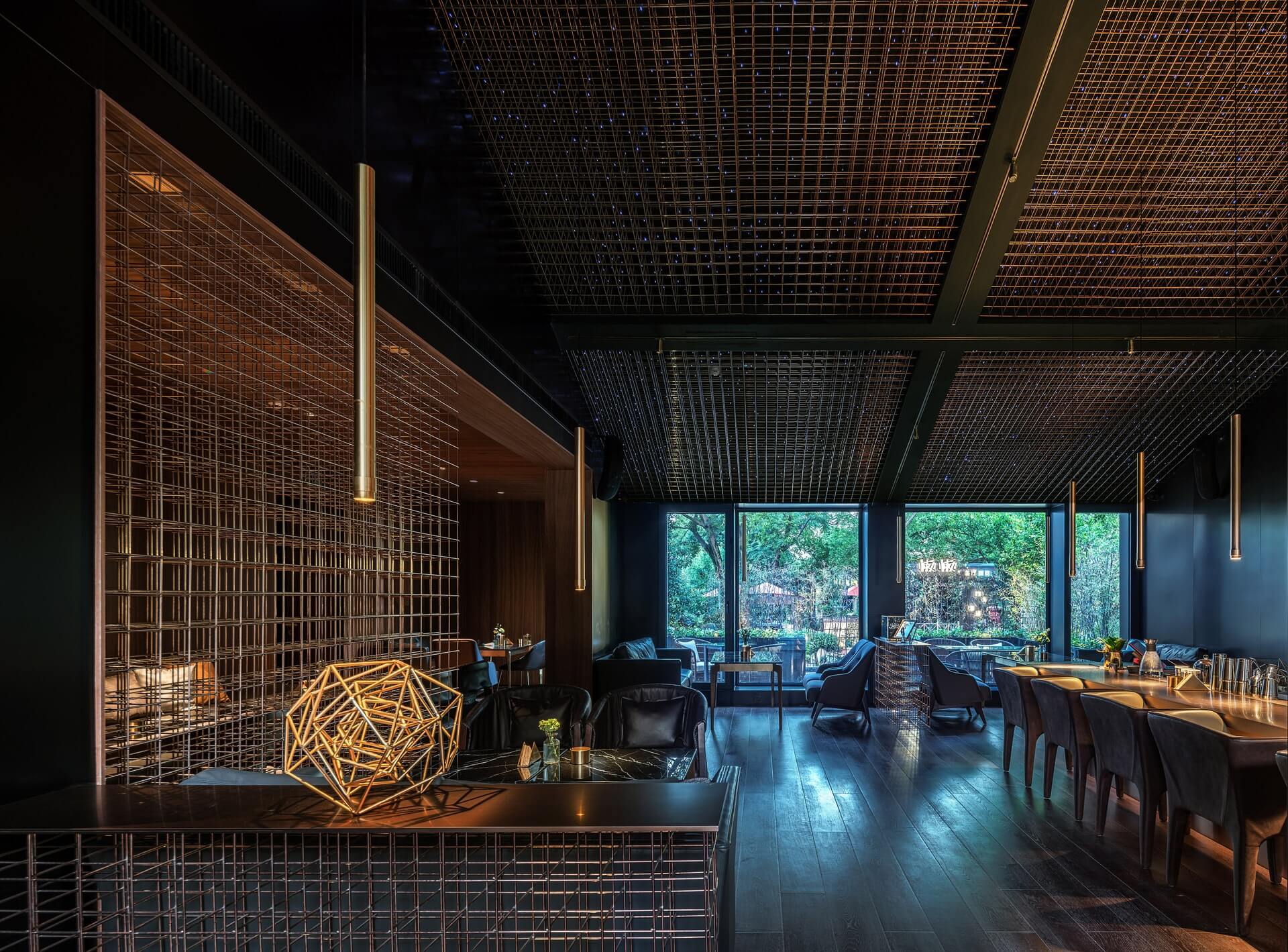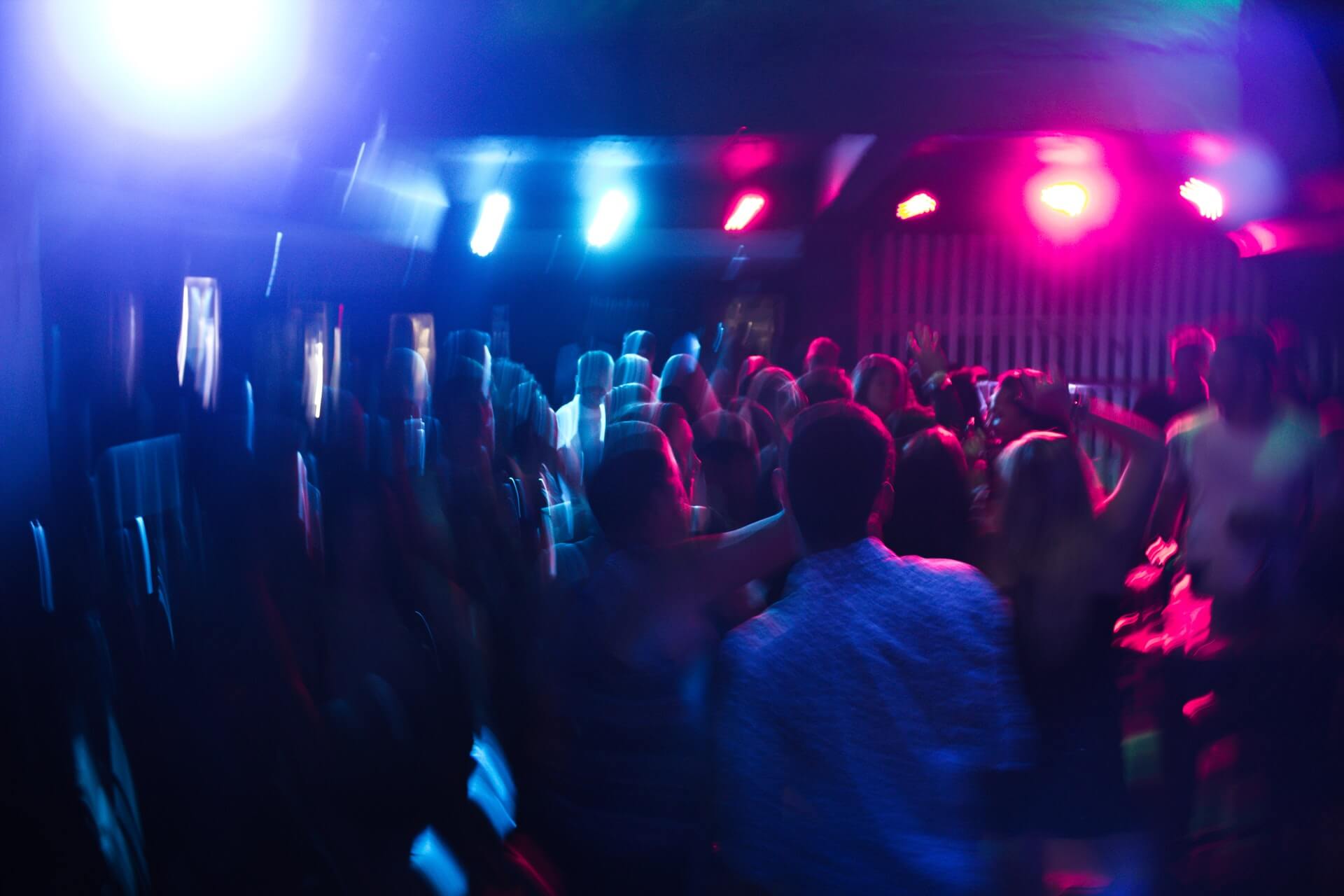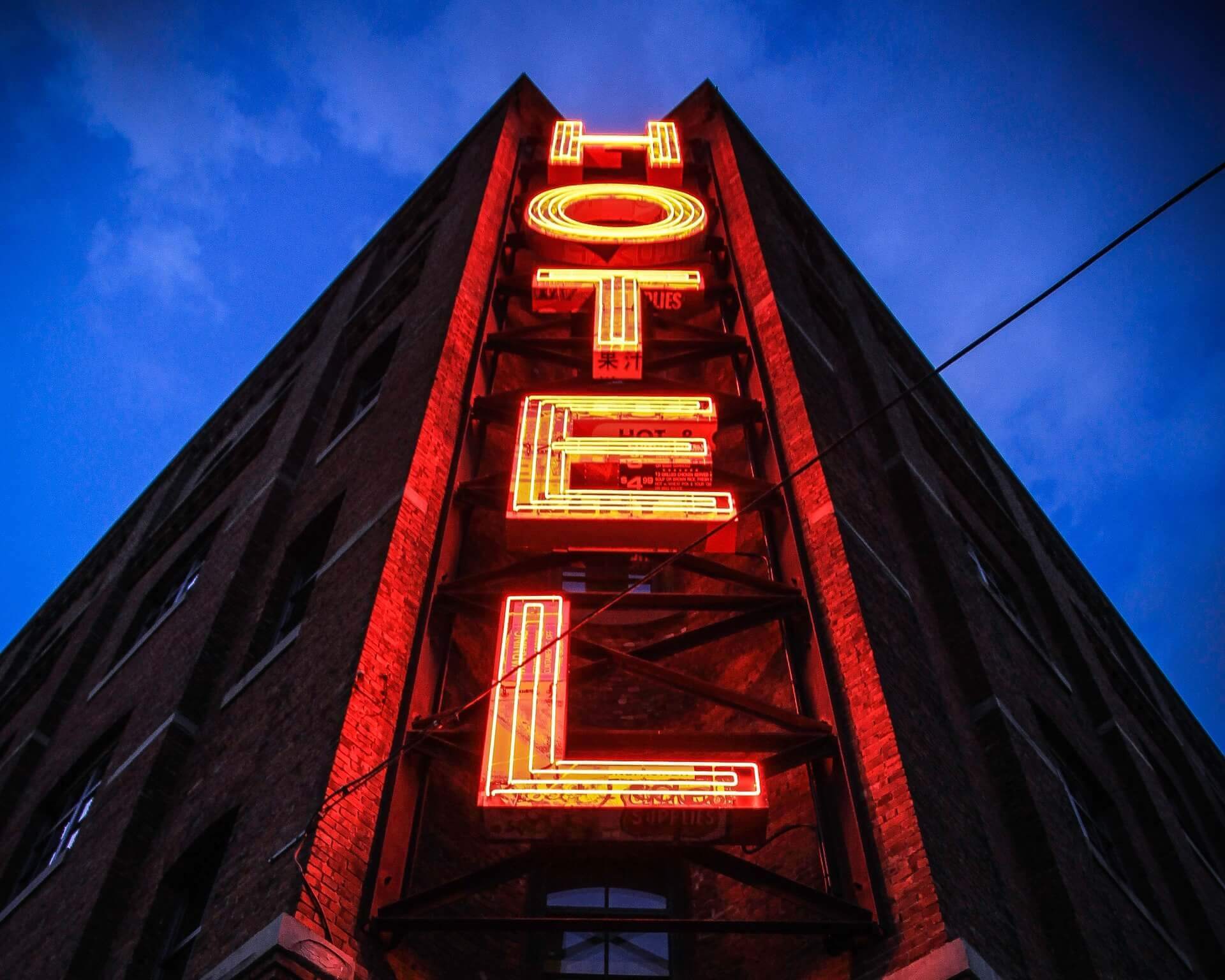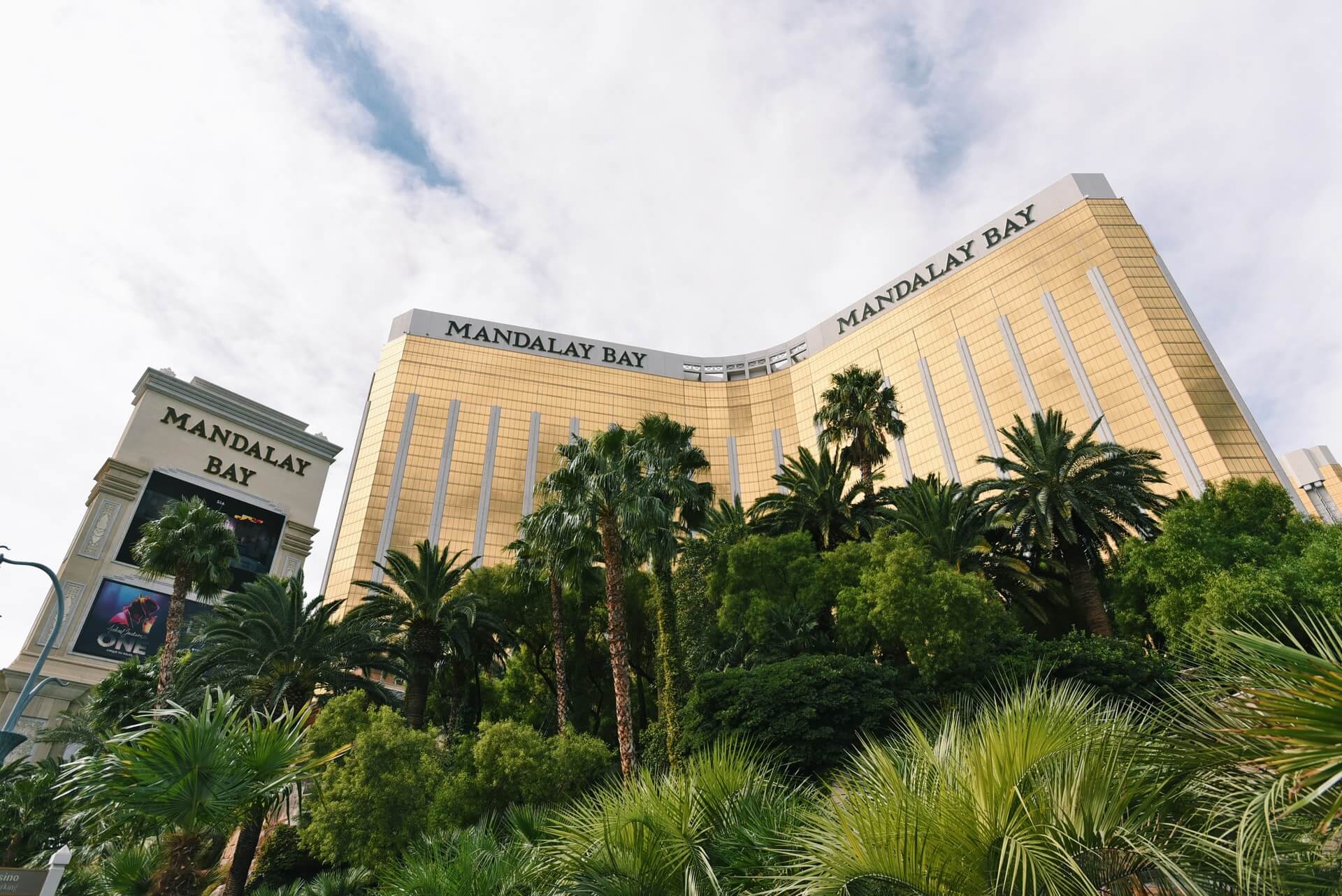How Big Hotel Brands Can Help Small Hospitality Brands
by David Klemt

The intriguing topic of big hotel brands helping smaller hospitality businesses grow came up during HD Expo 2022.
Several speakers spoke about serving and improving local communities. However, established brands can also help local business communities.
Job creation can take place outside of a big brand’s four walls, for example. But going even further, smaller independent brands can also receive a lift from big brands.
As we all grapple with what business can be moving forward, some in hospitality are proposing operating with a purpose.
Conversations Help
Everyone with several years of experience in this industry has seen some things. That’s putting it lightly, most likely.
That is to say, hospitality professionals gain metric tons of useful experience working in this industry. As we know, experience and knowledge are incredibly valuable in business.
Great mentors help others by sharing their knowledge with others. They gain that knowledge—at least in part—through experience. That means that time is truly invaluable.
So, when’s the last time you shared your knowledge with someone outside your business’ four walls?
Damon Lawrence is the co-founder of Homage Hospitality, the first Black-owned hotel brand. As he said during HD Expo 2022, honoring and engaging a given community requires time and effort. This includes engaging with the community’s business owners.
According to Lawrence, just mentoring people and providing what you’ve learned in this industry for free can help small businesses.
Now, it may sound too simple to say that sharing information is enough to help a small operator. However, what seems like a small nudge in the right direction can be powerful.
It may seem inconsequential to an established, large brand operator or executive. But you may be holding the piece of the puzzle that will show a smaller operator their next step.
Giving someone a few moments of valuable time can lead to a flourishing local business community, which in turn helps the community at large thrive.
Active Development
The managing director of Horwath HTL, Todd Wynne-Parry, pointed out the old hotel and resort model during HD Expo 2022. For decades, the approach was to keep each guest on property for as much of their stay as possible.
Now, as Wynne-Parry says, the aim is to encourage guests to explore the areas surrounding hotels and resorts.
With that in mind, hotel groups and designers are seeking to create destination properties. Almost by default, that requires the community to become a destination as well.
As far as Crystal Vinisse Thomas, a VP at Hyatt Hotels, is concerned, that means global hospitality brands need learn to work with small businesses.
If a hotel brand really wants to engage the community, featuring local brands is a powerful strategy. Doing so not only resonates with locals, it provides a more authentic experience for travelers.
However, meeting the demands of a hotel can prove daunting for a small business. So, while it may seem like a great idea to design a space for a local coffee shop to operate out of, they may not be able to afford the initial outlay.
Vinisse Thomas recommends big hotel brands lower the cost of entry for small businesses to work with them.
Larger brands can also actively help accelerate the growth of small businesses. If a big hotel brand isn’t interested or capable of acting as an incubator, they can still help entrepreneurs.
Again, removing barriers to entry or lowering the costs of entry is a great start. Hotel brands can also create grant programs to develop smaller hospitality businesses.
There was a lot of talk about community during HD Expo 2022. Global brands need to take the next steps to ensure it wasn’t all talk.

